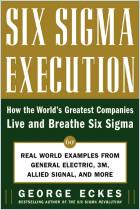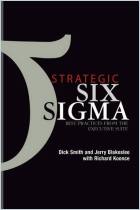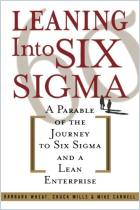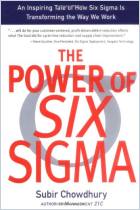
The New Six Sigma
A Leader's Guide to Achieving Rapid Business Improvement and Sustainable Results
Recommendation
Motorola invented Six Sigma. This concise handbook promises to introduce readers to the history of Six Sigma, to explain Six Sigma’s leadership requirements and to point the way for Six Sigma practitioners to go forward. It delivers admirably on these promises. Many Six Sigma books offer dense diagrams and mind-numbing descriptions of all of the minutiae that goes into the process improvement program. This book provides a broader perspective. It necessarily sacrifices much of the operational detail in order to present a good general introduction to the subject. This is not the book for managers who need a field-guide or an instruction manual to forge ahead with implementing a Six Sigma program. But for those who have heard of Six Sigma, wonder what it is about and want a good, basic, elementary explanation, getAbstract.com believes this book will serve nicely.
Summary
About the Authors
Dr. Matt Barney is director of the Six Sigma Business Improvement Group for Motorola University where Tom McCarty is vice president of consulting and training services.

















Comment on this summary or 开始讨论